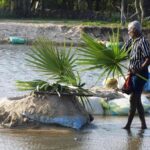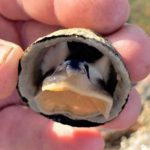The Collector urchins (Tripneustes gratilla) are a sea urchin species around Zanzibar. Its gonads, which contain either the roe (females) or milk (males), are a delicacy. This sea urchin species is harvested in the hot months of the year, and the gonards are only eaten fresh.
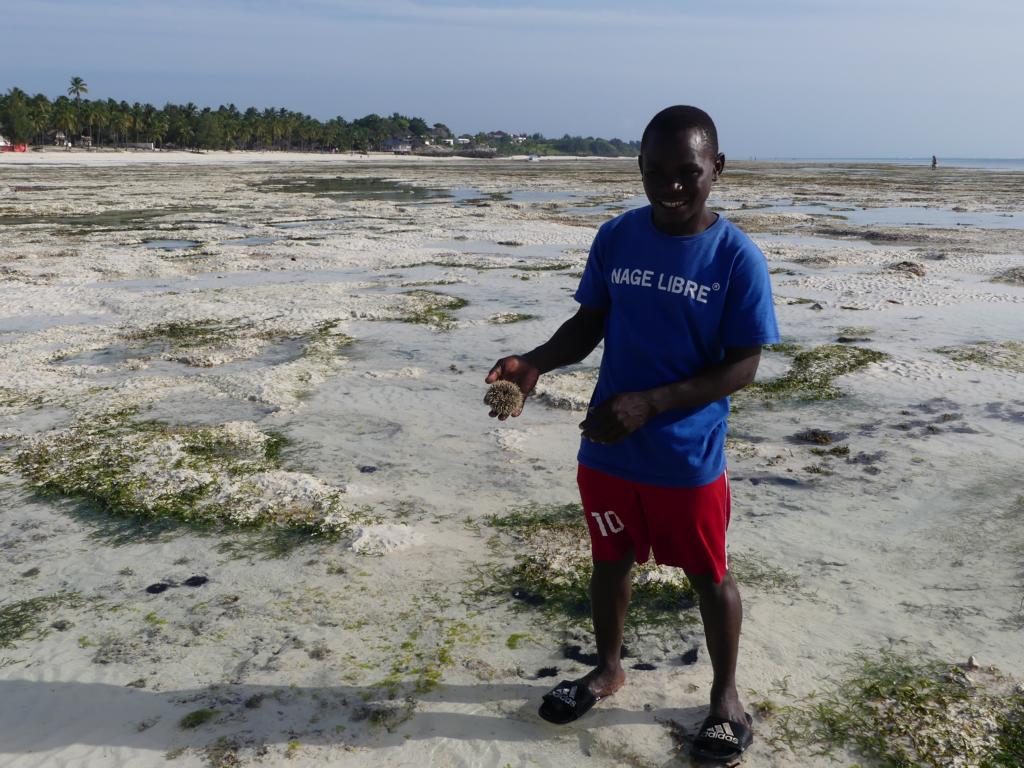
Distribution and habitat requirements
This urchin species is widely distributed across the Indo-Pacific region, including the Red Sea, East Africa, India, Southeast Asia, Australia, and the Pacific Islands. It inhabits shallow coastal waters, typically at 0–30 meters, thriving in seagrass beds, coral reefs, and sandy or rocky substrates.
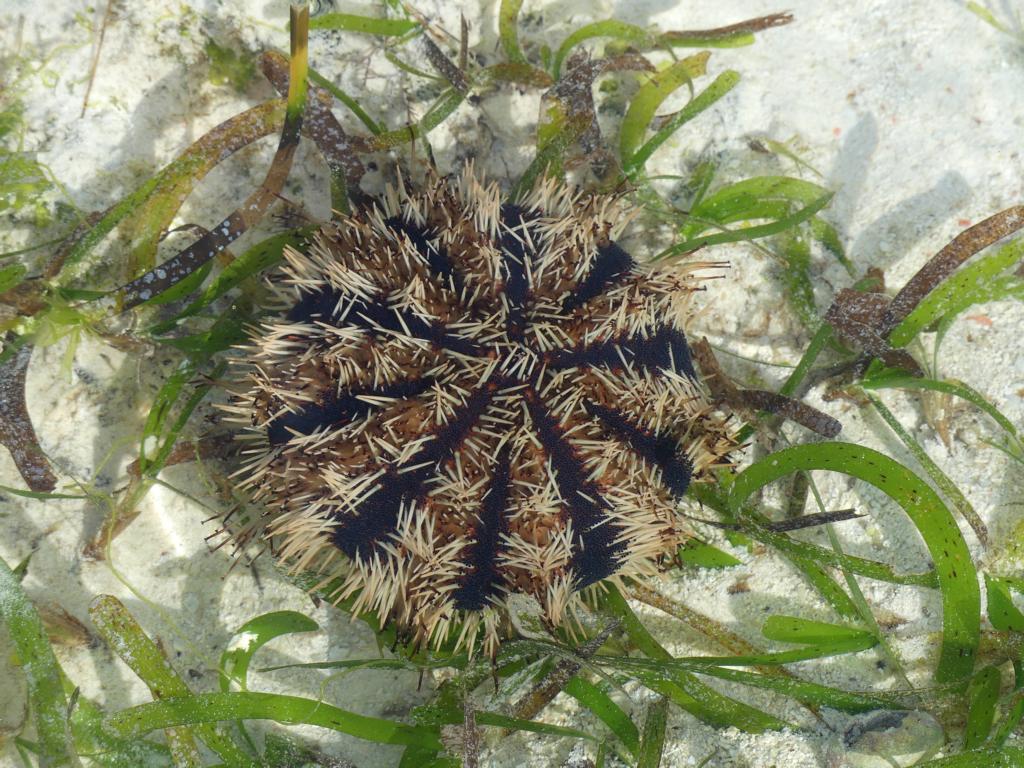
On Zanzibar Island, the ‘Collector urchin’ is often called ‘White sea urchin’ (Tripneustes ventricosus). Although both species look similar, this is wrong, as White sea urchins only occur in South America and the Caribbean Sea. In Zanzibar, only the Collector urchins (Tripneustes gratilla) – besides others, different appearing species – exist.
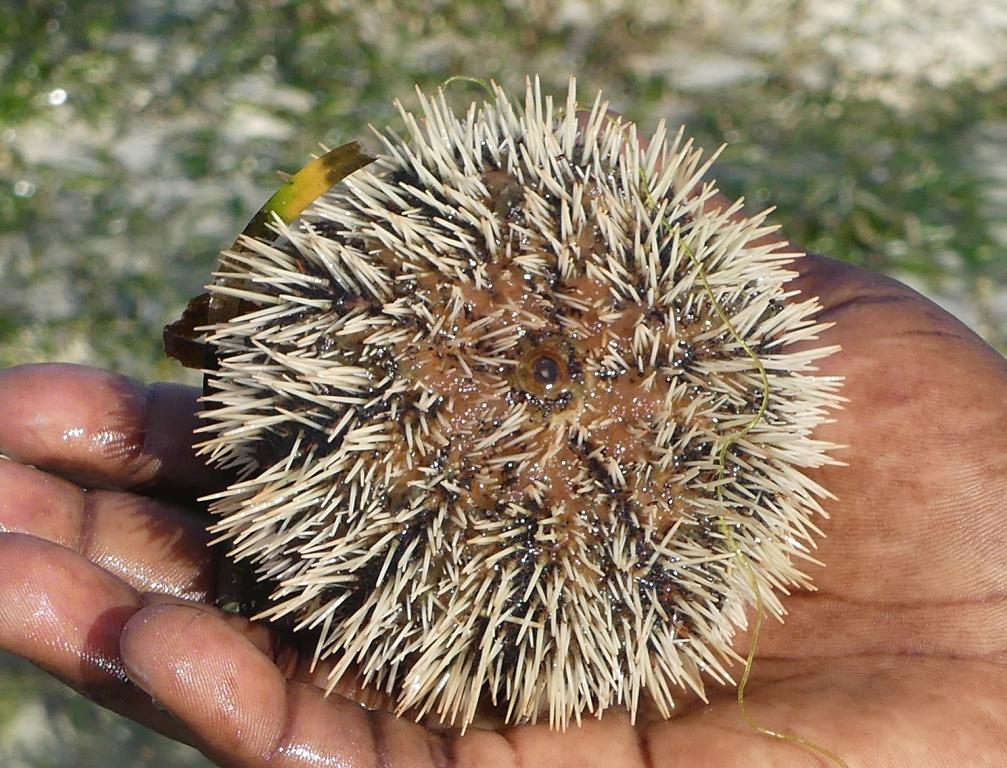
The Collector urchin prefers warm, tropical to subtropical waters. It is commonly found in areas with moderate water movement. T. gratilla is highly adaptable and capable of living in environments with varying salinity levels. Its presence is crucial for ecosystem balance as it helps control algal overgrowth on reefs and seagrass beds. According to (Lison de Loma et al., 2002), they feed voraciously between November and January. A study in Indonesia found that about 24% of annual seagrass production is consumed by Collector urchins.
Description
The hard outside shell (scientifically called the ‘test’) of Collector urchins is spherical and covered in short, thick spines that range in color from white to dark purple. In Zanzibar, they only have white spines; in other areas of their distribution range, they can be very colorful and differently colored.
Its internal anatomy is the same as that of all other sea urchins: one mouth, a single stomach and intestines, and a hydraulic system to move its tube feet. The gonads, at the height of the breeding season, can represent up to 80% of the internal volume of the sea urchin. The gonads of females are darker yellowish than the lighter-colored gonads containing the milk of males.
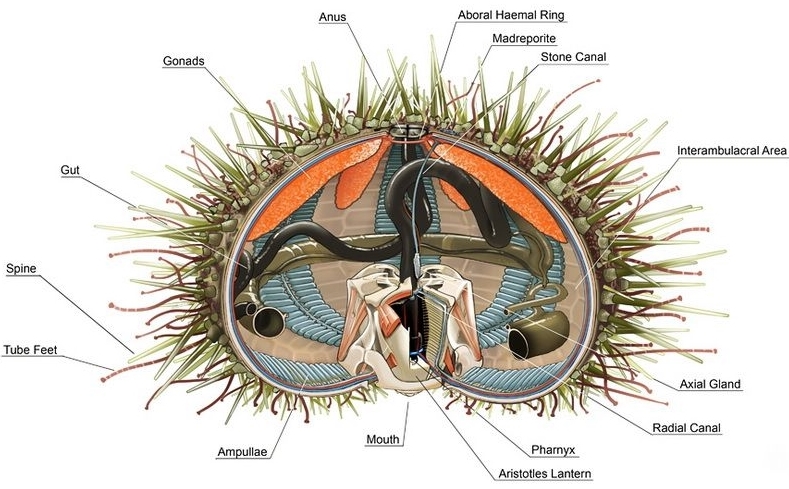
Although sea urchins appear to be quite simple organisms, they have some fascinating features, which I want to describe in the following very briefly:
Spines
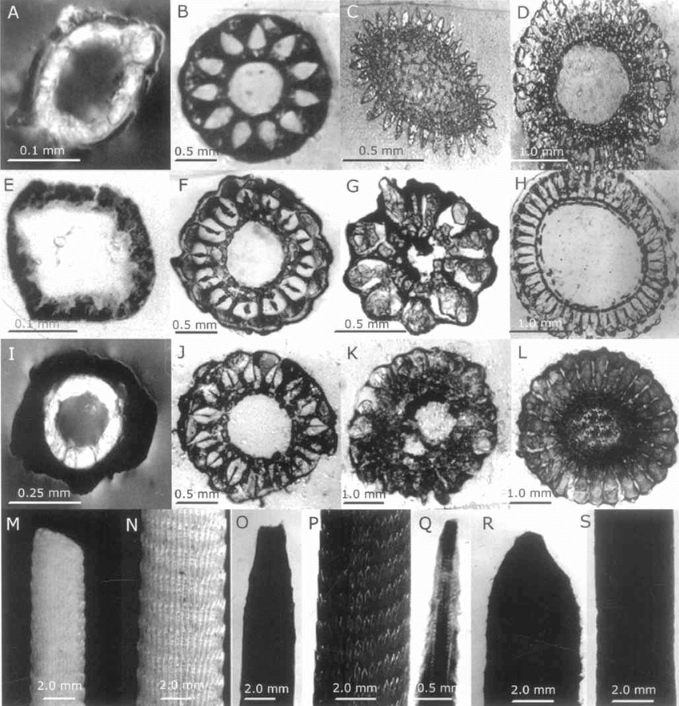
The calciferous and conical spines are hollow and have a different crystalline structure for every species. Due to the large single crystals within this structure, the spines behave brittle and are easy to break in a sting wound. Their rough surface structure further complicates extraction from the wounds.
Tube feet
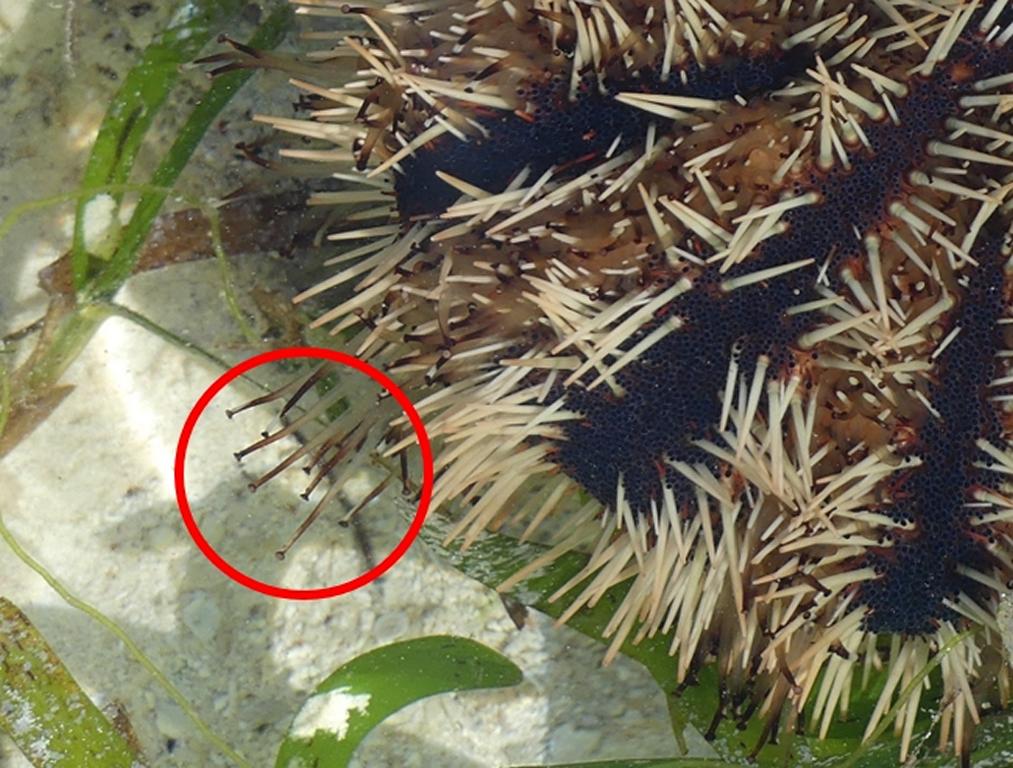
The tube feet are the primary means of locomotion for the sea urchin, along with moving the spines. Lateral movement of the urchins is accomplished using paired muscles and a hydraulic balloon behind each tube foot. While each tube foot is not strong enough to move the urchin, their large numbers make up for their size.
Pedicellariae
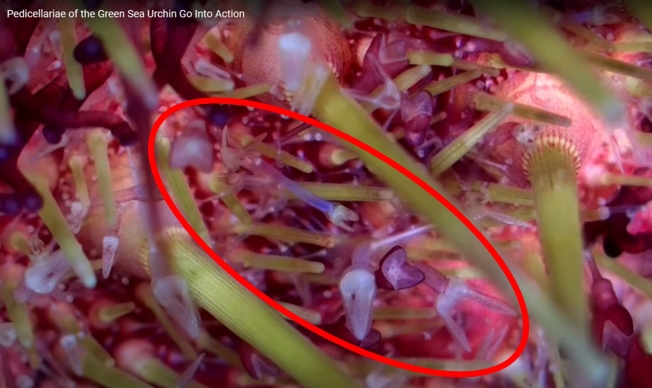
Besides their spines, collector urchins have small venomous appendages with jaws and teeth covering the hard calciferous shell. These so-called globiferous pedicellariae bite predators and especially deter predatory fish. Tripneustes gratilla sea urchins contain a relatively mild venom and do not cause harm to humans. Unlike other sea urchins, such as Toxopneustes species, which have venomous pedicellariae capable of delivering painful stings. (Sheppard-Brennand et al., 2017)
Spheridia
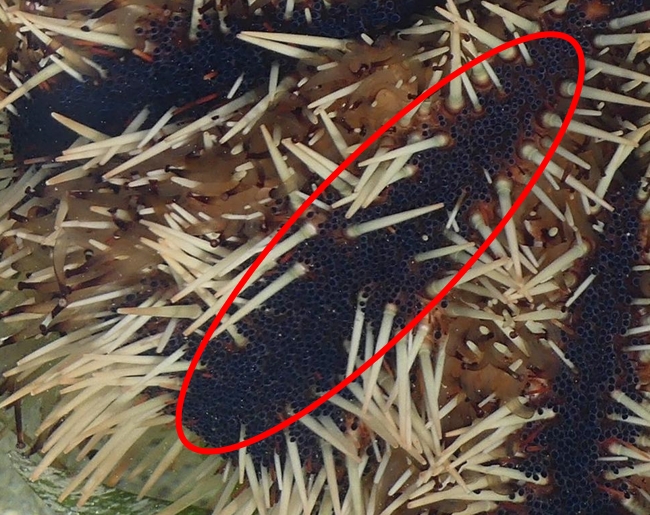
The small, round, black objects symmetrically arranged on the test of Tripneustes gratilla are called spheridia. Spheridia are sensory structures functioning as mechano-receptors that help the urchin sense its orientation and balance in the water. They are small, calcified, and found in a regular pattern on the test, interspersed between spines and pedicellariae.
Why are they called Collector urchins?
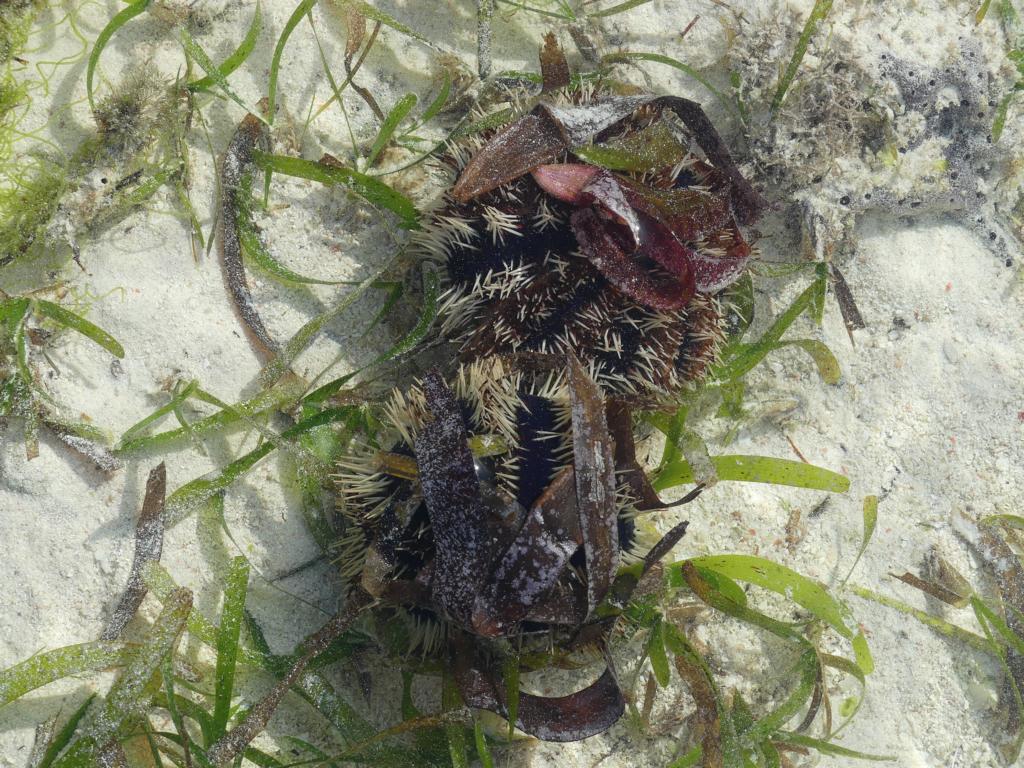
Collector Urchins move materials onto their test using a coordinated effort between their tube feet, pedicellariae, and spines to pick up and carry debris, algae, or seagrass, camouflaging themselves from predators—a behavior that gave them the name “Collector” urchin.
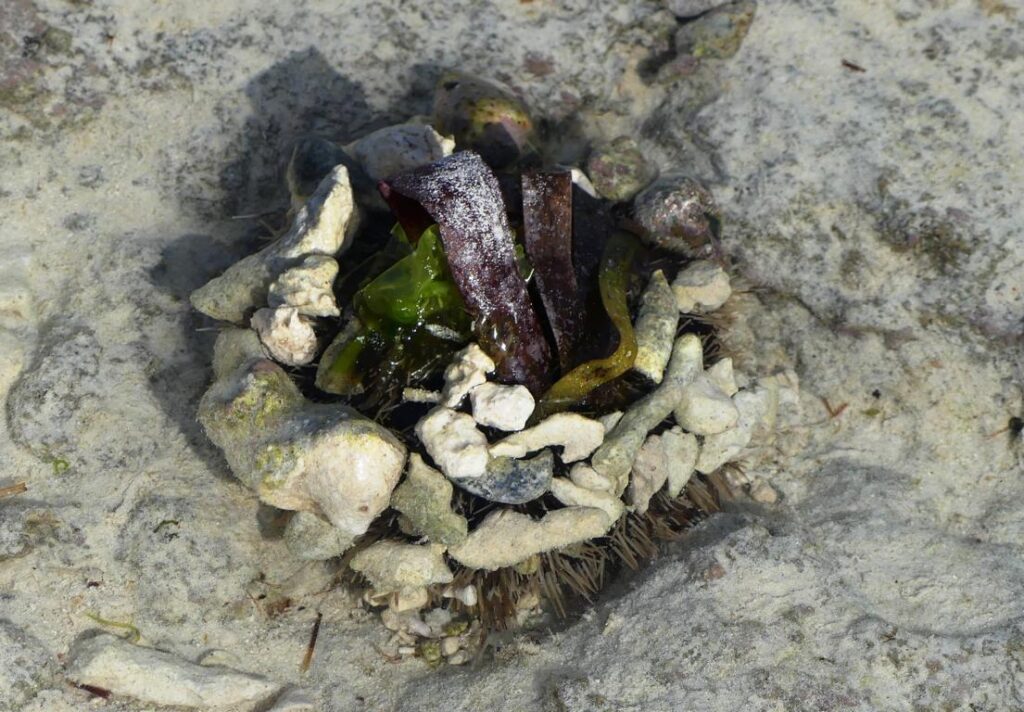
This collecting process involves several key mechanisms:
The urchin’s tube feet have suction-like structures that help grip and move objects. These tube feet pick up debris from the surroundings and pass it to the test.
The pedicellariae help grasp and adjust finer materials such as algae, seagrass, or shells. They also secure objects into place after they are positioned by the tube feet.
The urchin’s movable spines create a framework that holds collected materials in place. Spines can shift slightly to accommodate different objects, preventing them from falling off.
This coordinated effort allows this species to camouflage efficiently, reducing predation risk while maintaining mobility.
Uses of Collector urchins
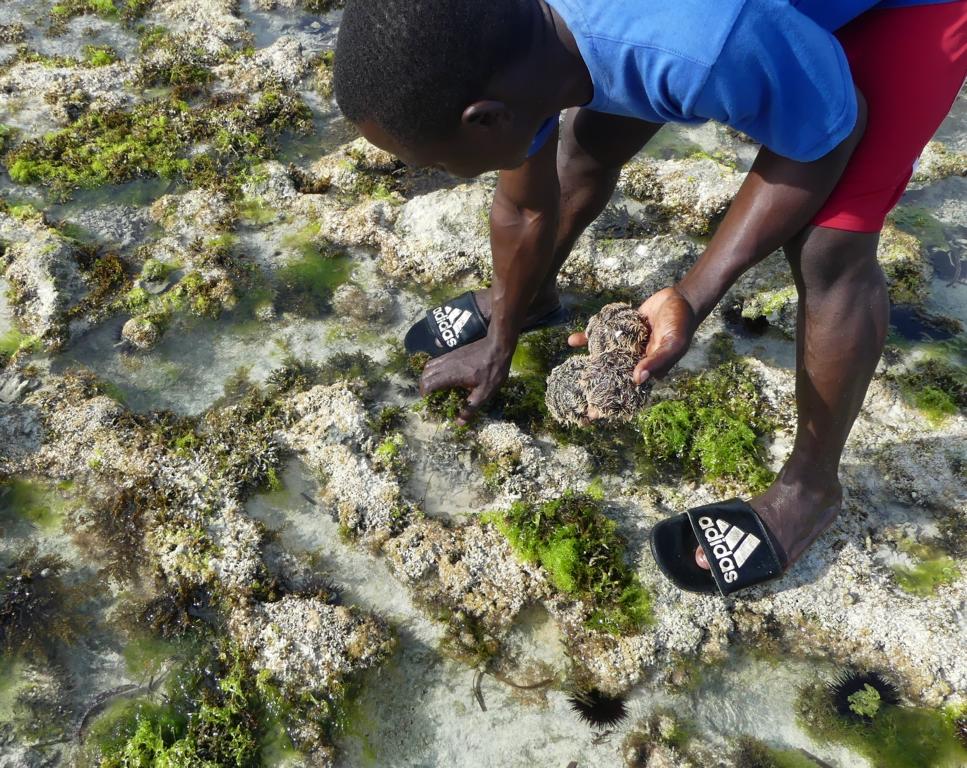
Collector urchins have multiple spawning periods throughout the year, which coincide with warmer water temperatures. In Zanzibar, the warmest months are typically from November to March. Therefore, the gonads are most abundant and suitable for consumption during these months. I checked for gonads at the beginning of July, and there were none visible inside.
Besides being a food source, Tripneustes gratilla has several other uses, including as grazers that help control algae, preventing overgrowth on coral reefs, seagrass beds, and marine aquariums, and in marine biology studies, especially research on reproduction, larval development, and aquaculture techniques.
Culinary Uses of Collector urchins
The species is a valued food source for its gonads, which are considered a delicacy. During harvesting time in Zanzibar, these urchins are offered on pre-order in some beach-side restaurants.
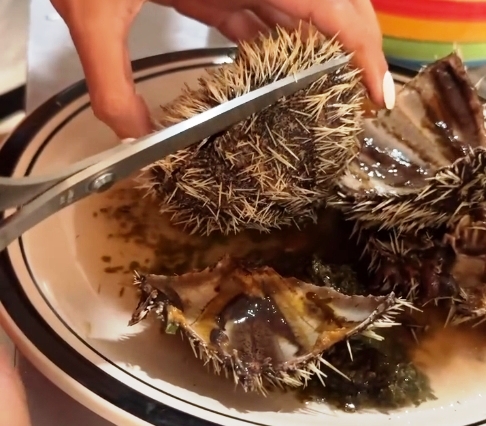
The gonads are located in the upper half of the test (the hard ‘shell’). See the schematic drawing further up in this article. After cutting the urchin in half, the upper part of the test will be kept, and the oral side will be discarded.
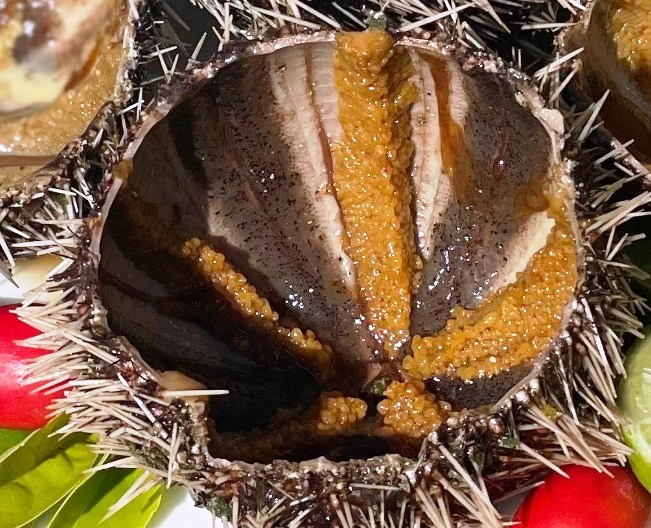
After careful cleaning out all remaining parts of the intestines, other organs, and epidermis, only the five yellow strings of gonads will remain inside the half test.
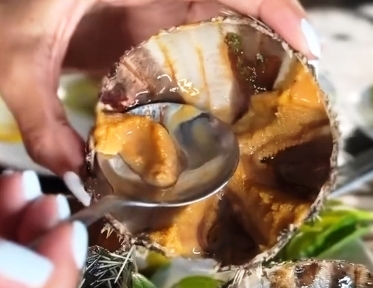
In Zanzibar, like in most other seaside countries worldwide, the female gonads are eaten raw from the freshly opened shell with a small dash of lime juice. In some Asian countries, vinegar, soy sauce, or wasabi are used to add taste instead of lime juice.
Nutritional Value of sea urchin roe
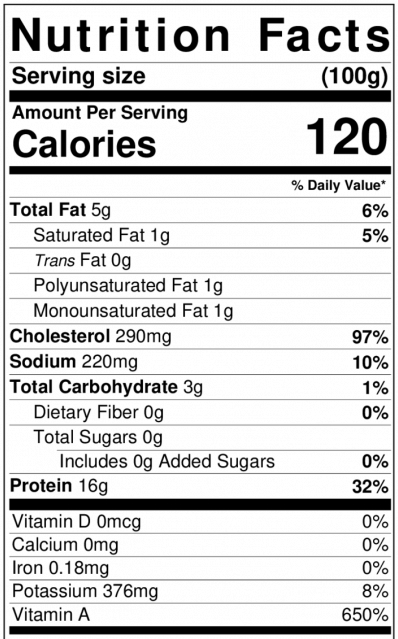
Generally speaking, the roe of female sea urchins is highly nutritious and valued for its unique taste and health benefits. It is rich in essential nutrients, omega-3 fatty acids, protein, and essential minerals like zinc and iodine. It is also considered an aphrodisiac in some cultures. On the other hand, its cholesterol, sodium, and vitamin A content are high to very high. It, therefore, should only be eaten seldom and in small serving sizes.
Lessons learned about Collector urchins in the lagoons of Zanzibar:
- Sea urchins with white spines are Zanzibar’s most delicious and sought-after sea urchin species.
- They are called Collector urchins and are very similar to the White Sea urchins in the New World.
- The roe and milk in the gonads of this species are ripe and edible in the hot months of the year, around November to March.
- The gonads are eaten raw with a small dash of lime juice.
.



